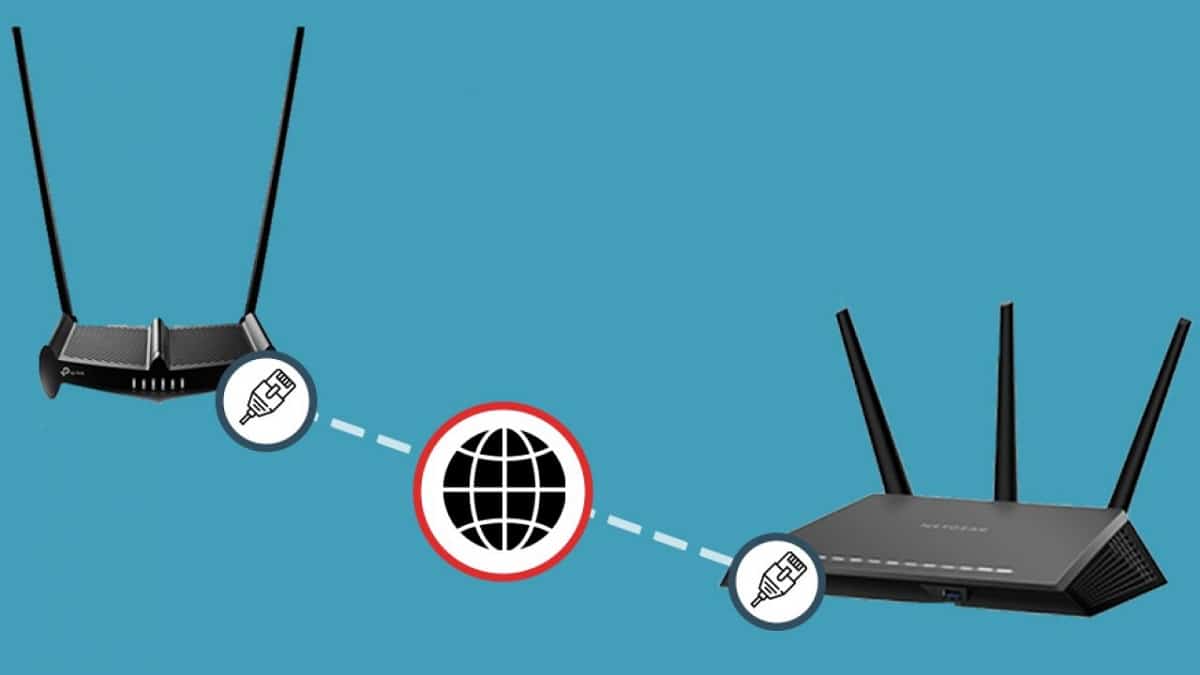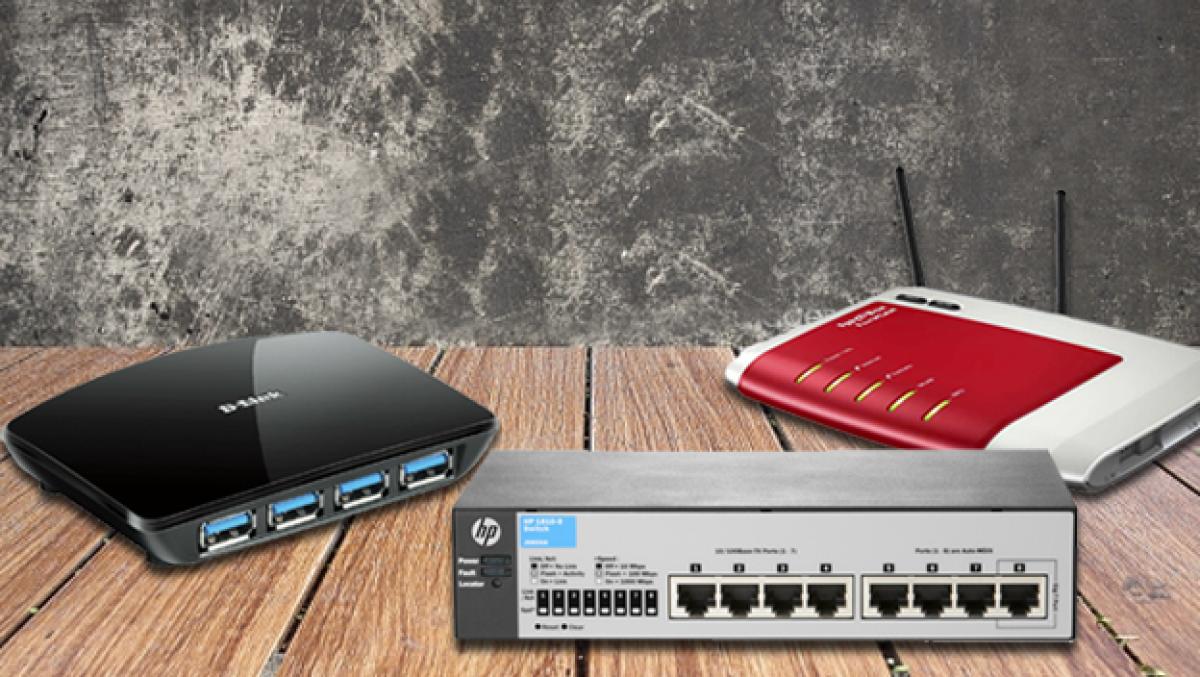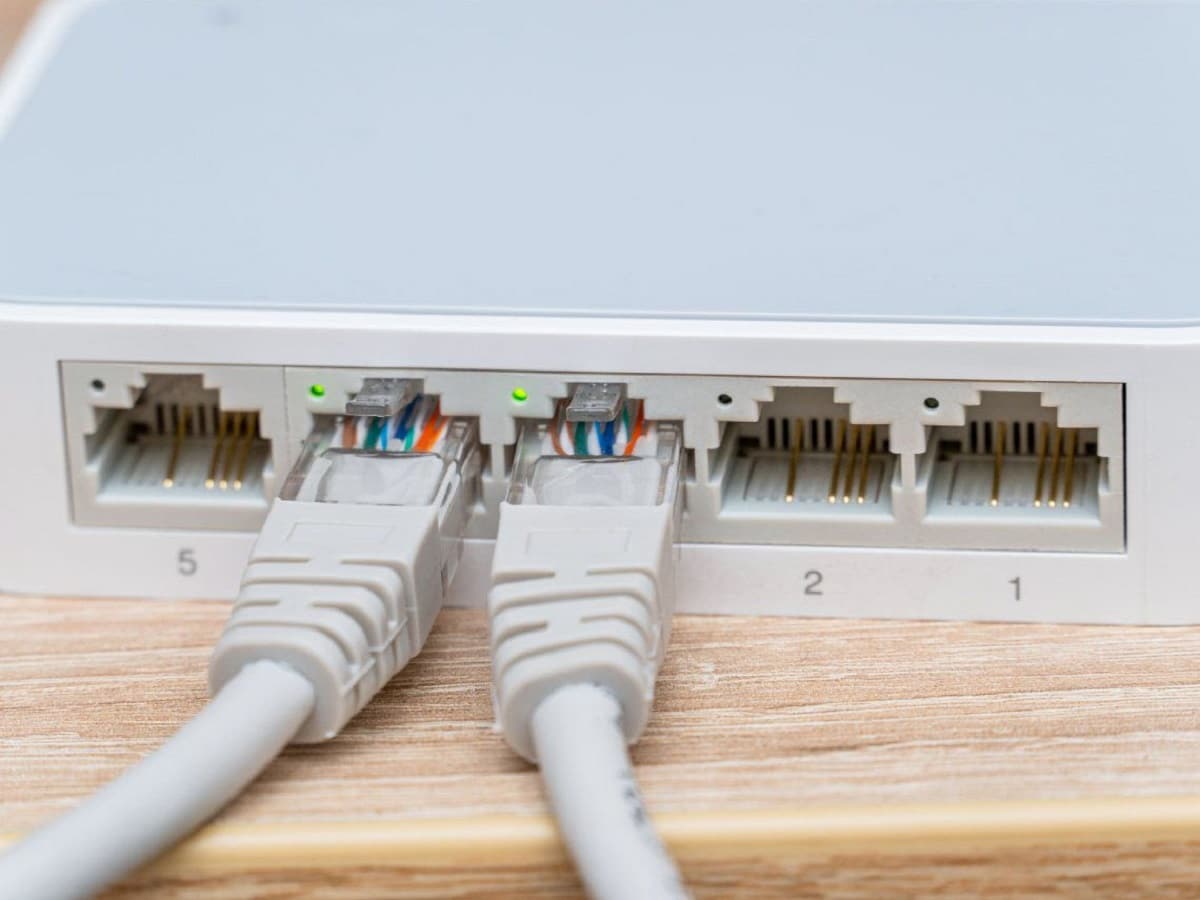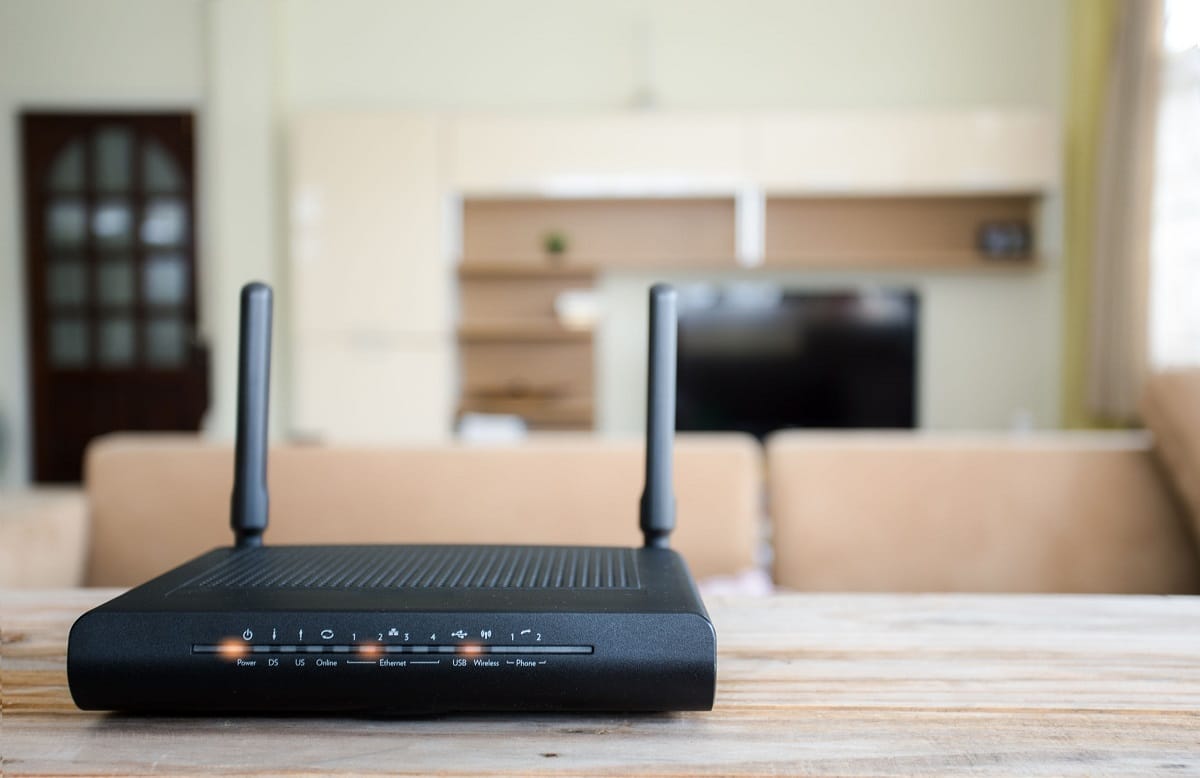
If you live in a large home or have a large home network with many devices, adding a second router may be the best solution for expanding both wired and wireless coverage. In addition, this achieves an improvement in overall performance. In this post we are going to see how to connect two routers to the same line, its advantages and main alternatives.
That's right: it is possible to configure two routers on the same network. Two or even more, if that's what we need or want for our home network. For example, you can set a second router to act as a range extender, or it can be configured to share the same SSID as the main router, which means devices on your network will always connect to the router that provides the strongest signal.
In either case, the advantages are obvious:
Advantages of connecting two routers to the same line

How to connect two routers to the same line
The main benefits of this double connection are the following:
- Greater connectivity for wired devices. Often the main router in a home network only has a limited number of LAN ports available to connect wired devices (in the best case there can be up to five). Therefore, adding a second router greatly increases the number of additional Ethernet ports available.
- Better support for mixed wired and wireless setups. Having a second router can be very useful if you have a wired home network that you also want to connect some Wi-Fi-enabled devices to. Routers can be separated for example like this: wired devices will continue to connect to the primary router, while all wireless devices will connect to the secondary. This can be particularly helpful if your wired devices are located at the other end of the house from your wireless devices.
- Isolation for certain devices. It is very common for some of the devices we have at home to use the network connection in a particularly intense way. They are the ones we use most frequently, such as a laptop or a smartphone. In these cases, dual routers can be configured to isolate certain devices and prevent excess network traffic from affecting other devices. For example, it would be possible to isolate a PC with which we continuously transfer large files or with which we spend many hours playing games online through a smart TV.
- Improved wireless coverage. It is one of the most important reasons to connect a second router to the same line. It serves us to extend an existing Wi-Fi connection, greatly improving the coverage in our home and providing a stable wireless connection even for the most distant devices.
- backup router. As a precaution, it doesn't hurt to have a second "backup" router at home ready to use in case the main router suddenly fails or stops working.
Two routers, one network

How to connect two routers to the same line
The first thing we must decide is which of the two routers will be the primary and which will be the secondary. The most logical thing is to grant the role of router number one to the newest, although if we have two identical routers, it does not matter too much which is which.
Next, both routers must be located near the computer that we will use for the configuration. Once the process is finished, we can place them in different locations in the home.
You will also have to decide what are we looking to achieve with the second router, since the type of connection will depend on it:
- LAN to LAN to extend an existing network connection and SSID to include the second router. This connection allows us to share files between devices, regardless of the router they connect to.
- LAN to WAN to create a second network within the main network that allows us to impose restrictions on any device that connects to it. Important: Such a configuration does not support file sharing between the two separate networks.
Connect two routers using Ethernet

Connect two routers using Ethernet
These are the steps to follow if we choose this method:
Connection to main router
The first thing to do is to check that the router is first connected to the modem via an Ethernet cable. Then you have to connect the computer to the router, using another Ethernet cable. Certain models of Windows PCs and Macs do not come equipped with an Ethernet port. In those cases, there is no choice but to purchase an Ethernet to USB adapter to be able to make that connection by cable.
Login to the main router
This will be the router that will take control of the Internet connection through the modem. We must configure it as if it were the only one. For this you have to access the web interface of the router. This is done by entering the router's IP address into the URL bar of our web browser and logging in below.
All the credentials for login (if we haven't changed them) they are on the card stuck on the back of the device. The configuration of each router may vary depending on the manufacturer and the model. When in doubt, it is advisable to consult the router manual or visit the online support section on the manufacturer's website.
DHCP configuration
This step is only necessary in case of a LAN to WAN configuration. This is about configuring DHCP to provide addresses between 192.168.1.2 and 192.168.1.50. Then, for the changes to be saved, you have to close the router session and disconnect it from the computer.
This step will be the same when DHCP needs to be configured on the second router.
Configuration of the second router
We log in to the secondary router, exactly as we have done with the main one. The configuration of the IP address will depend on the type of connection:
- LAN to LAN: Change the IP address to match that of the main router, only by changing the penultimate digit in a number. For example: If the primary router has an IP address of 192.168.1.1, the second router should use 192.168.2.1.
- LAN to WAN: You have to change the IP address to 192.168.1.51.
Connecting the routers
The last step is to connect both routers to each other, although the port that we must use will be different in each case:
- LAN to LAN: connect one end of the Ethernet cable to one of the available LAN ports on the back of the main router and then the other end to an available LAN port on the back of the second.
- LAN to WAN: Connect one end of the Ethernet cable to one of the available LAN ports on the back of the main router and then the other end to the WAN port on the back of the other router. Sometimes it is labeled "Internet."
Connect two routers wirelessly

How to connect two routers to the same line
Before trying to configure a second router wirelessly, the first thing we need to do is make sure both devices are compatible. Most wireless routers can be used as a wireless access point or range extender, however not all of them can be used to create your own network within the main router's network. When in doubt, it is always advisable to consult the router manual or consult the manufacturer's website.
If there is compatibility, the steps to follow are as follows:
Main router connection
To do the initial setup on the main router, we need to make sure that it is first connected to the modem via an Ethernet cable. We will also need another Ethernet cable to connect to the computer. It may be necessary to purchase an Ethernet to USB adapter to make this wired connection.
Login to the main router
The main router is the one that will take control of the Internet connection through the modem. To log in you have to access it by entering the IP address of the router in the URL bar of your web browser and then logging in.
As we indicated above, the credentials for login (if we haven't changed them) they are on the card stuck on the back of the device. The configuration of each router may vary depending on the manufacturer and the model.
Secondary Router Login
The second router is connected to the computer via an Ethernet cable (there is no need to connect the router to the modem in this step). To log in, we open the configuration page, where we will look for “Network mode” in “Connection type” or “Wireless mode”.
Next we need to select the "bridge mode" (on some models it is called “Repeater Mode”).
Secondary Router IP Configuration
The IP address of the second router must be configured so that it is within the DHCP range of the main router. Also make sure that the subnet mask matches that of the main router.
It is recommended to assign a unique name to the second router, to avoid confusion. It is also very practical to use the same password as long as it is strong enough to prevent any unauthorized access. And that's it.